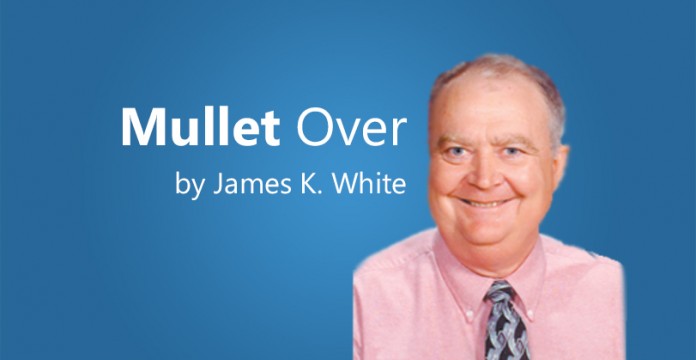A 2014 study of the odor identification capabilities experienced by humans turned out to be quite revealing. While we cannot begin to compete with bloodhounds when detecting tiny traces of scents, we seem to be equal or superior in our ability to accurately identify various smells. It had previously been declared that we humans could identify 10,000 distinct (not dis-stinked) odors. Neuroscientist Jessica Freiherr says the new study indicates the number is likely closer to 1,000,000,000,000 (one trillion).
For centuries, Native Americans living in the Plains regions recorded battles, raids, courtships, religious experiences and other significant events by drawing on deer and bison hides. During the 19th century, such animal skins became increasingly rare so the Plains people sought available replacements. Ledger books used by storekeepers, bankers etc. of that era became the hide replacement of choice. Pages in the ledgers were fairly large, cheap and durable. “Ledger Art” flourished well into the 1900’s and some of those aboriginal drawings/paintings have become commercially valuable. Ledger Art Revival began in the 1970’s. Ledger Art fakes are said to be much more common than genuine artifacts, so caveat emptor.
Versions of Macy’s Thanksgiving Day Parade have been presented annually since November 27, 1924. The earliest parade was an estimated 5.5 miles long. More contemporary versions typically measure about 2.5 miles.
A recent study of approximately 500,000 Americans (ages 37-73) has yielded evidence that folks who drove a daily commute of 2 hours or more were beset by significant drop-offs in both intelligence and memory capacity. The study also showed that commuters who listened to recordings that aided in expanding vocabularies or learning new languages stimulated brain activity and improved cognitive skills. Et a propos de ca!
As we head into another cold season, I wish to share some revelations of contemporary medical research indicating that cold sufferers consuming zinc acetate lozenges recovered at rates almost 3 times that of similarly infected patients who were given placebos. I regret that finding because I had recently discovered an inexpensive online source for placebos. Medical professionals caution consumers to make certain that the lozenges do not contain citric acid, an ingredient which appears to lessen zinc acetate’s effectiveness.
I must admire the work ethic and business savvy exhibited by an eleven year old lad from Virginia who offered to mow the White House lawn for free in order to “do his part” and promote his fledgling lawn-mowing business. Well, please join me as we rejoice because Dr. Freiherr has declared that we smell far better than almost anyone thought possible. Have a great week.
James White is a retired mathematics teacher who enjoys sharing fascinating trivia. He can be reached at [email protected].





